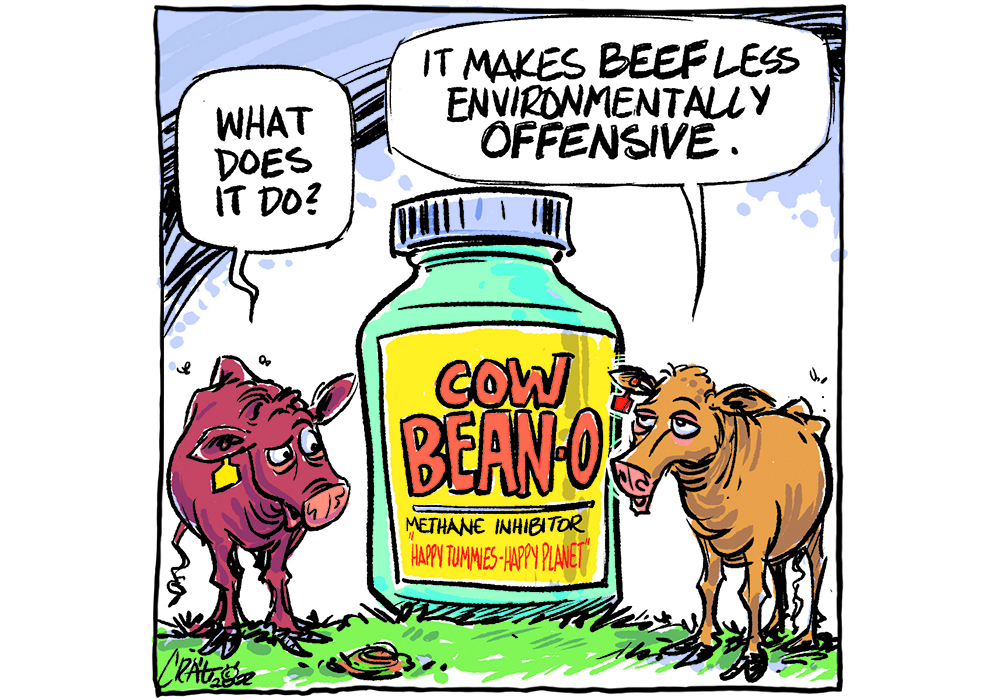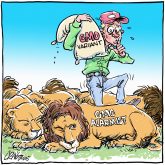Canada has some great regulatory systems for agriculture and food. For the most part, they’re science-based and consumer friendly, designed to protect the public but also the nation’s reputation for providing safe food.
But sometimes regulators fail to see the herd for the cattle.
Changes in agriculture can be delayed for years while awaiting regulatory approval and scientific proofs while the rest of the world marches forward with implementation.
Canadian farmers are more competitive because they can use high-impact tools to grow their crops and raise their animals.
Read Also

Higher farmland taxes for investors could solve two problems
The highest education and health care land tax would be for landlords, including investment companies, with no family ties to the land.
Canada, the United States and other countries in the Organization for Economic Cooperation and Development, including the United Kingdom, Ireland, Italy, Australia, New Zealand and Japan, are working together to allow joint, electronic submissions on new pesticides.
An agreement between Canada’s Pest Management Regulatory Agency and the U.S. Environmental Protection Agency allows simultaneous submissions by companies seeking product registration. This minimizes or eliminates the need to duplicate the science. This agreement was first implemented for Avadex in 2007.
Such decisions benefit society on a global level, helping to ensure the right scientific choices are made for the planet and ensuring farmers and consumers get the best tools and prices for their safety, security and sustainability.
Among the tools that could be available to cattle producers is 3-nitrooxypropanol, in a product known as Bovaer. It’s an organic compound that interferes with the methane-forming reaction within ruminants when they digest feed.
The resulting reductions in methane emissions are dramatic, up to 70 percent. Even at the more reliable 30 percent reduction, the results for Canadian cattle would be significant. They’ve been demonstrated through livestock researcher Karen Beauchemin’s work at Agriculture Canada in Lethbridge. However, Health Canada, its Veterinary Drug Directorate and the Canadian Food Inspection Agency characterize it as a drug, rather than a feed additive, and regulations thus require a more stringent approval process.
European dairy farmers are already eligible to use the product in dairy cattle. DSM, the Dutch maker of Bovaer, has commercialized its decade-long development with plans for worldwide delivery. China and Brazil have cleared it for all ruminants.
That Canada should trail in adoption of the product might be hard for producers to accept. To be fair, the U.S. Food and Drug Administration, like Health Canada, also sees it as a drug rather than an easier-to-approve feed additive, but the Americans are well into the eight-year-long approval journey. DSM hasn’t initiated the process yet in Canada, as we will likely reinvent whatever the U.S. and European Union have already done before it gets the nod here.
Will Canadian beef and dairy producers use Bovaer assuming a successful, albeit long, approval process? It would come at a cost and without a corresponding financial benefit. The product doesn’t make cattle more efficient. It just reduces the methane they belch. But it seems to fit with federal government goals to reduce greenhouse gas emissions, including methane.
The downsizing of Canadian agriculture’s environmental footprint could take a giant step forward if the industry had access to Bovaer and cattle producers had economic incentive to use it.
The federal government needs to take a big stride here. Work with the EU and the U.S., if harmony in the market is required, and fast-track product approval. Then fund its use for Canadian cattle producers and put the belching cow tale to bed.
Karen Briere, Bruce Dyck, Barb Glen and Mike Raine collaborate in the writing of Western Producer editorials.















